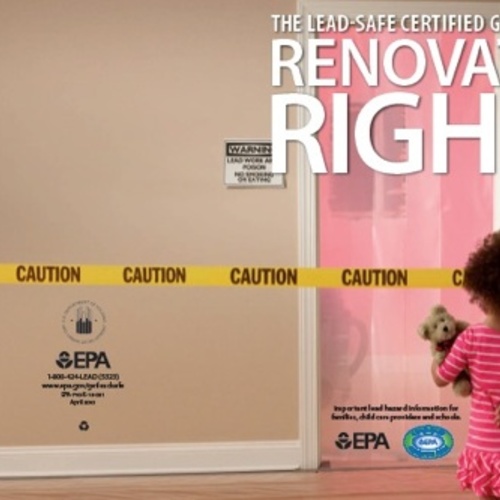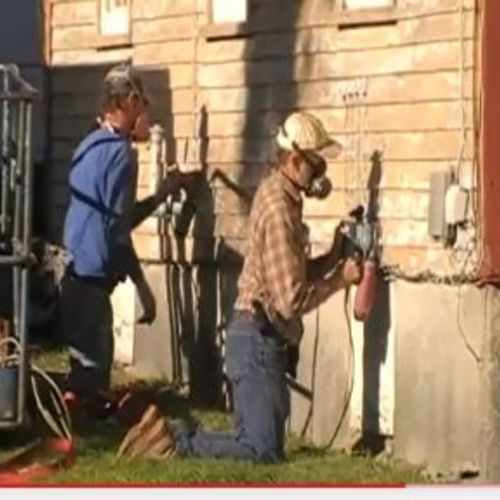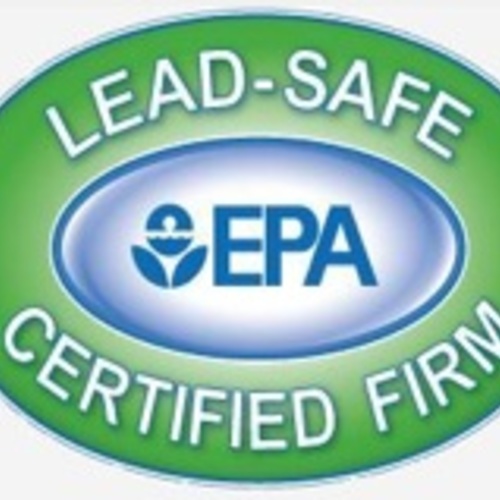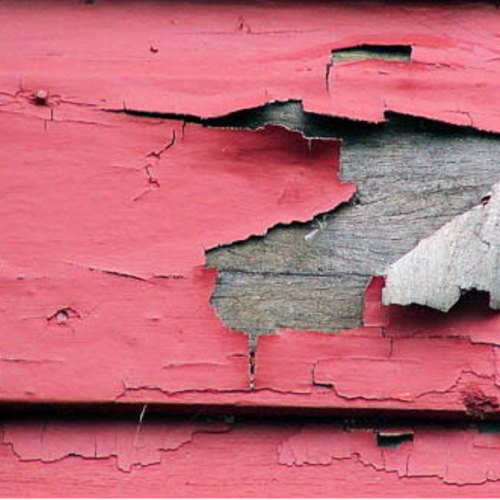
Image Credit: Scott Robinson
The Environmental Protection Agency announced last week that it had imposed fines for three violations the Lead Renovation, Repair and Painting Rule (RRP), which is designed to ensure that renovation activities that can create lead dust are conducted properly by trained and certified contractors or individuals.
One of those contractors, Colin Wentworth, a rental property owner based in Rockland, Maine, who was responsible for building operation and maintenance, was the first contractor in the nation to draw a formal EPA complaint pegged to the RRP after April 22, 2010, when the rule took effect.
The EPA announced that it had filed a complaint against Wentworth in May 2011. On March 21, 2012, he agreed to pay $10,000 to resolve the violations, which included the use of power equipment to remove paint from the exterior of an 1850s-era apartment building he owns in Rockland. The EPA said that the complaint also alleged that workers employed by Wentworth had not received any training under the rule and that he had failed to apply for firm certification with the EPA. Two of the four units in the building were rented to recipients of U.S. Department of Housing and Urban Development Section 8 vouchers and there were at least four children under the age of 18, including one under the age of 6, living in the units.
As noted by GBA, a video of workers using power equipment to remove paint from the exterior of Wentworth’s apartment building had been posted to YouTube, and a tipster alerted the EPA to the clip. The agency pursued the case from there.
Other compliance violations
Two other RRP cases drew lesser fines. On March 20, Valiant Home Remodelers, a window and siding company based in New Jersey, agreed to pay $1,500 for failing to contain renovation dust, contain waste, and provide training on lead-safe work practices for workers on a window and siding replacement project.
And Johnson Sash and Door, based in Omaha, Nebraska, agreed on February 22 to pay $5,558 for failing to obtain initial RRP certification before performing renovations at five homes built before 1978, and for failing to provide the building occupants with an EPA-approved lead hazard information pamphlet and neglecting to obtain a written acknowledgment from the occupants before the renovations began.
As required by the law, EPA fines are based on evaluations of a company’s or individual’s ability to pay a penalty, and are adjusted accordingly.
Fine-tuning requirements
The EPA has implemented a final set of RRP updates since it announced its complaint against Wentworth. In July 2011, the agency rejected a proposed dust-wipe regulation that would have required third-party clearance testing for renovations in homes built before 1978. But other RRP rules were toughened, including those that now require:
â— Construction of impermeable containment walls around exterior workspaces to prevent the spread of lead dust beyond the work areas. The enclosures must consist of a nonporous material, such as plastic sheeting, wrapped and secured in “vertical containment” fashion over scaffolding or another rigid frame.
â— Training of uncertified workers in lead-safe work practices. Training must be administered by certified renovators.
â— Monitoring by certified renovators to make sure their workers properly maintain containment envelopes and prevent the spread of debris.
â— Dust-and-debris containment inside the enclosure during the use of power tools equipped with high-efficiency particulate air (HEPA) vacuums. The tools must be operated “so that no visible dust or release of air occurs outside of the shroud or containment system,” the EPA says.
Visit Fine Homebuilding’s Lead Paint Remodeling Center for more information about RRP requirements and for practical guidance on safety and compliance.
Weekly Newsletter
Get building science and energy efficiency advice, plus special offers, in your inbox.















0 Comments
Log in or create an account to post a comment.
Sign up Log in